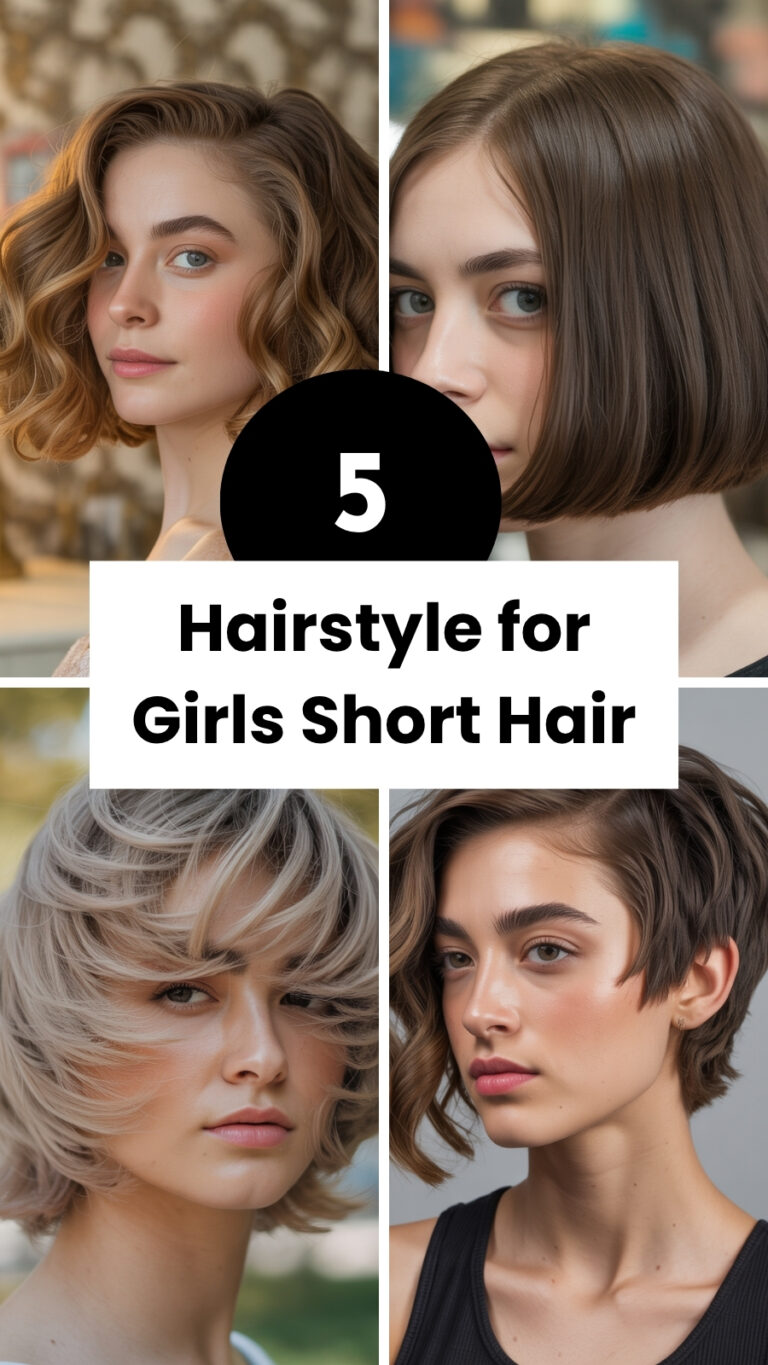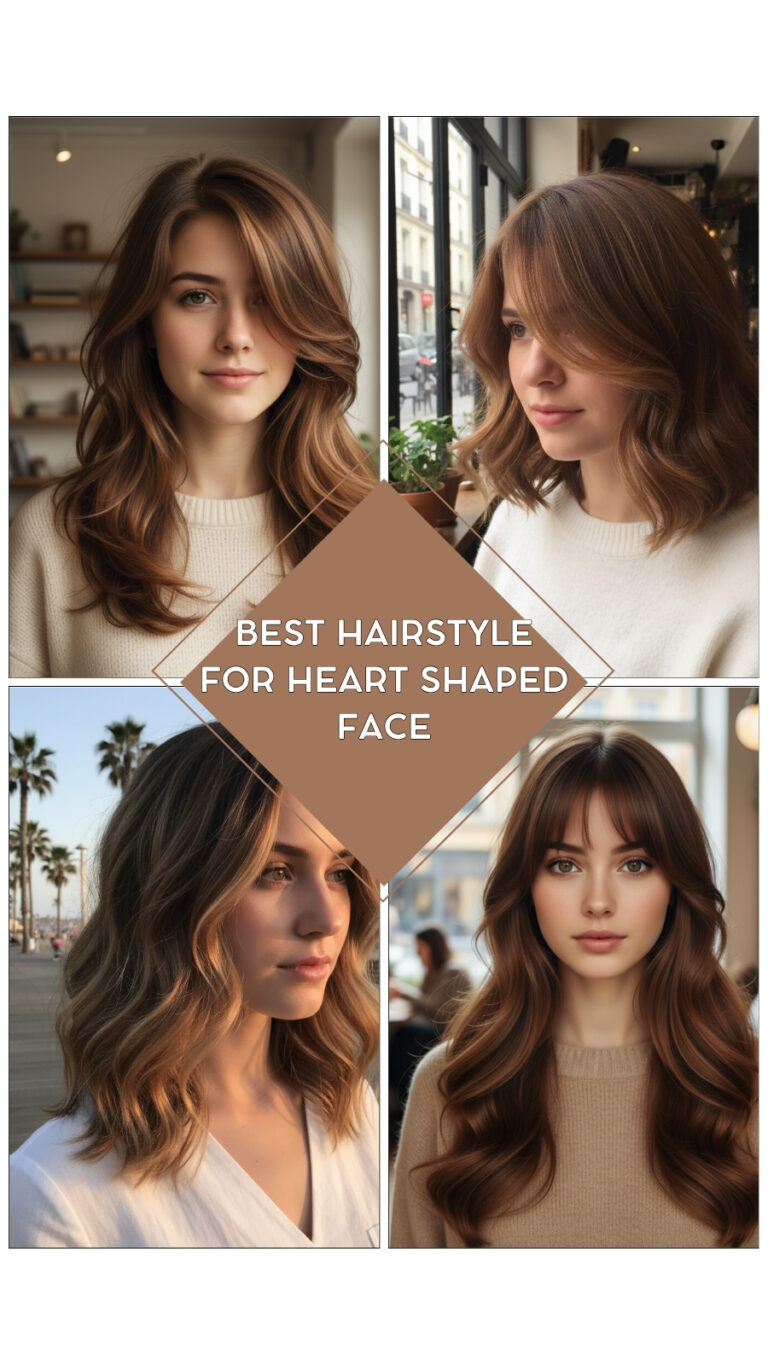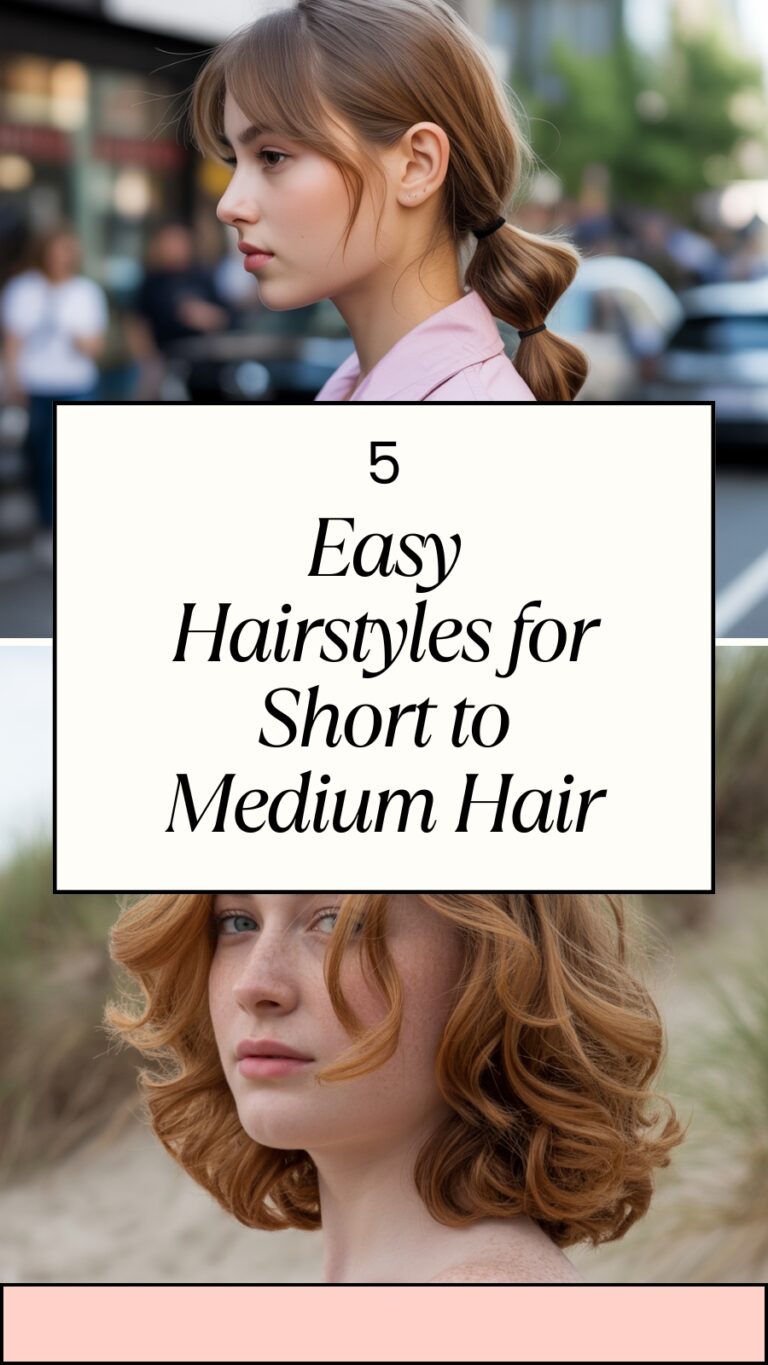Face-Framing Layers Hairstyle for Female
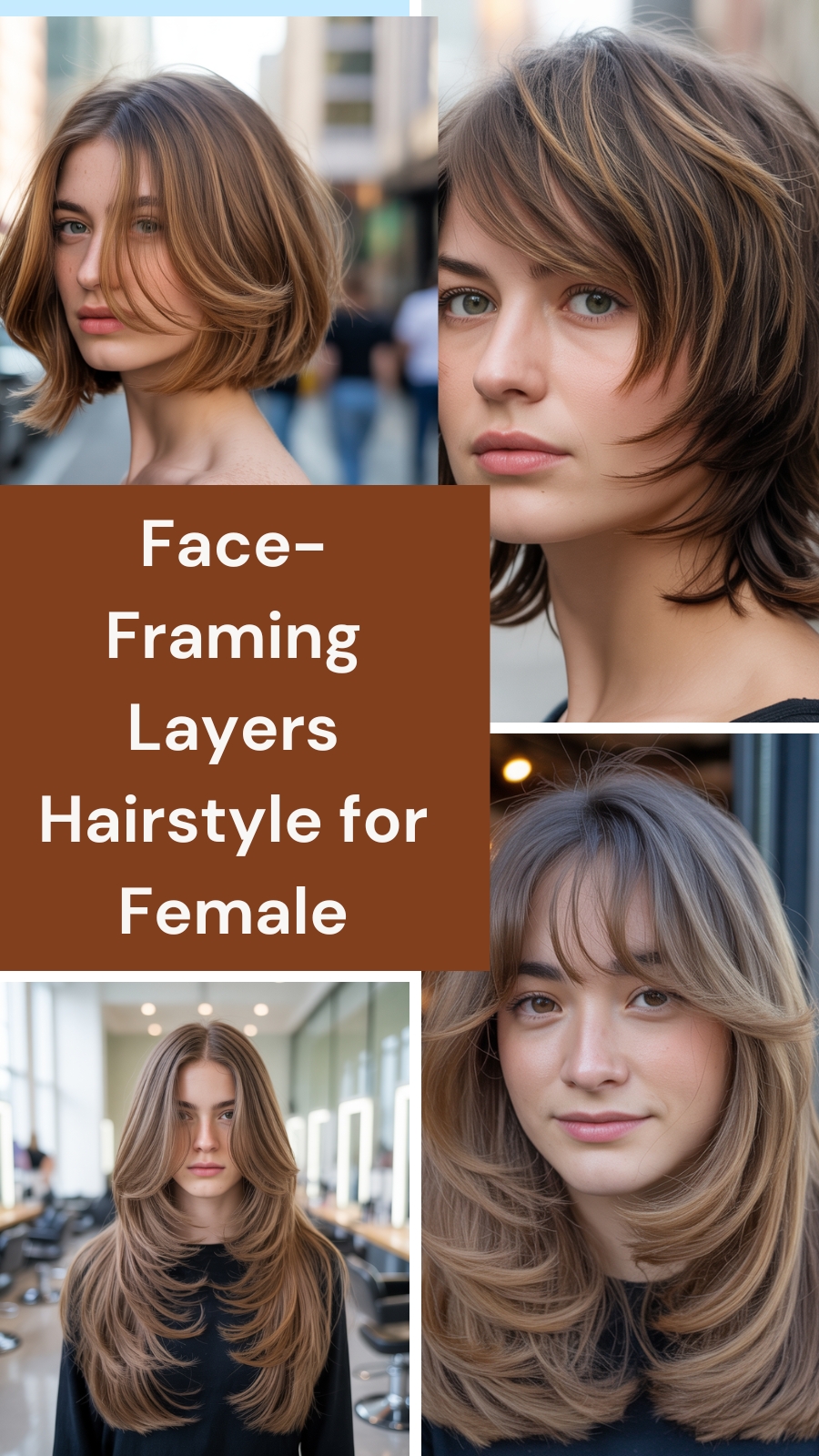
Face-framing layers are one of the most versatile hairstyles for women. They create movement, highlight facial features, and give hair a natural flow. Unlike blunt cuts, these layers add softness while shaping the face elegantly.
From long lengths to short crops, face-framing layers can be adapted to suit any hair type, texture, or occasion. Here are the best variations that stand out in both style and origin.
Long Layers with Curtain Bangs
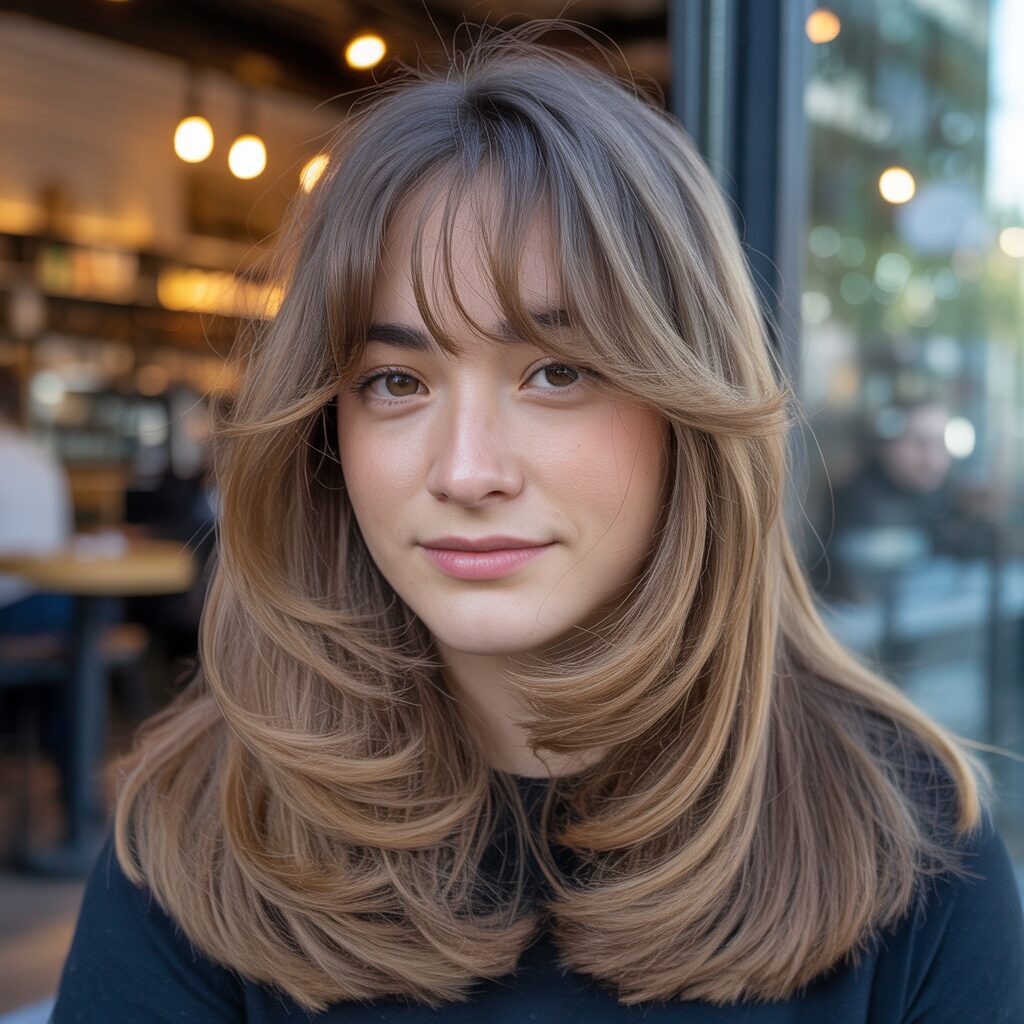
How it is different: Unlike simple long hair that can look heavy, curtain bangs paired with layers add balance by framing the forehead and cheekbones.
How it’s created: Hair is cut into long, blended layers with bangs parted in the middle, tapering longer at the sides.
Where it comes from: Curtain bangs first rose to fame in the 1960s with Brigitte Bardot and are now back as a major trend on TikTok and Instagram.
Shoulder-Length Layers with Waves
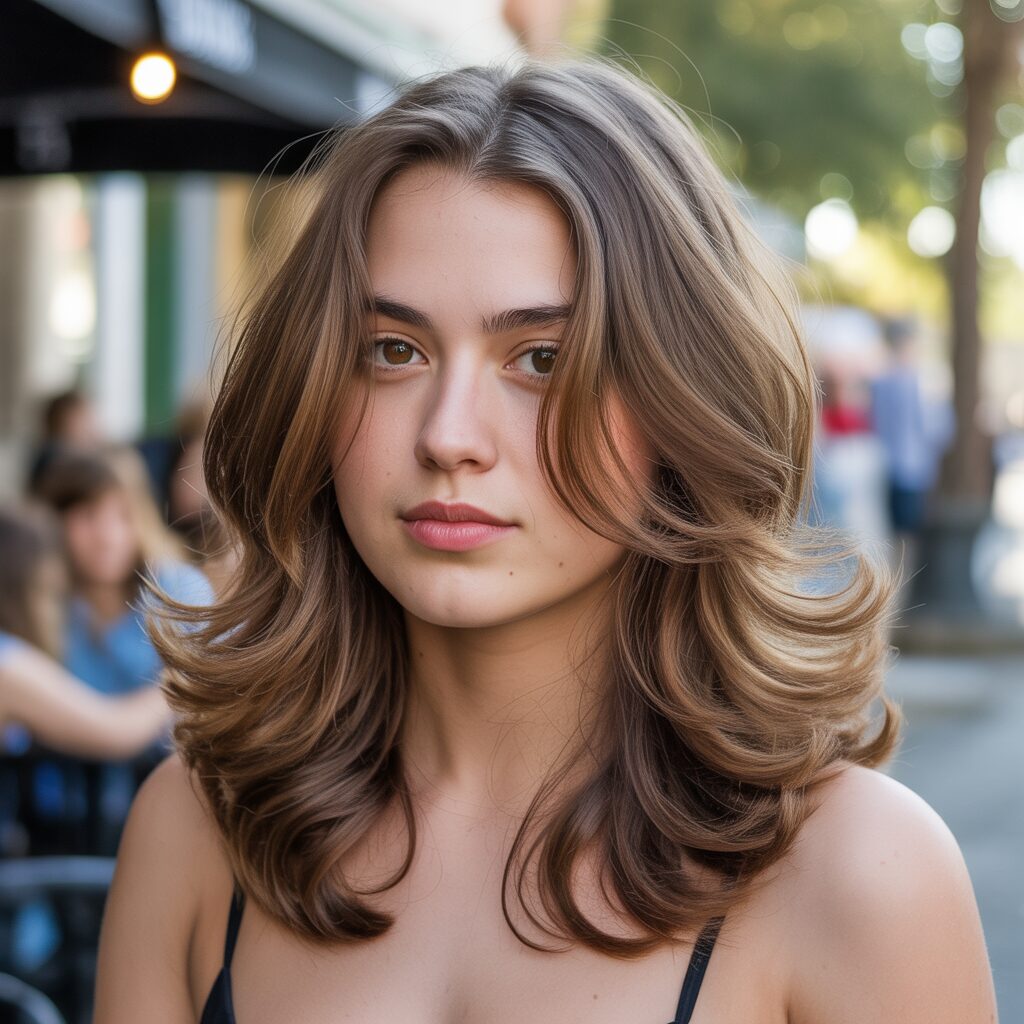
How it is different: This style creates softness and width in the right places, making it perfect for women with narrow jaws or pointed chins. Unlike poker-straight cuts, waves add bounce and texture.
How it’s created: Hair is trimmed to shoulder length with subtle layers, then styled with a curling wand for loose, natural waves.
Where it comes from: The look became popular in the 1990s, championed by supermodels and Hollywood stars for its effortless yet chic appeal.
Layered Bob with Side Part
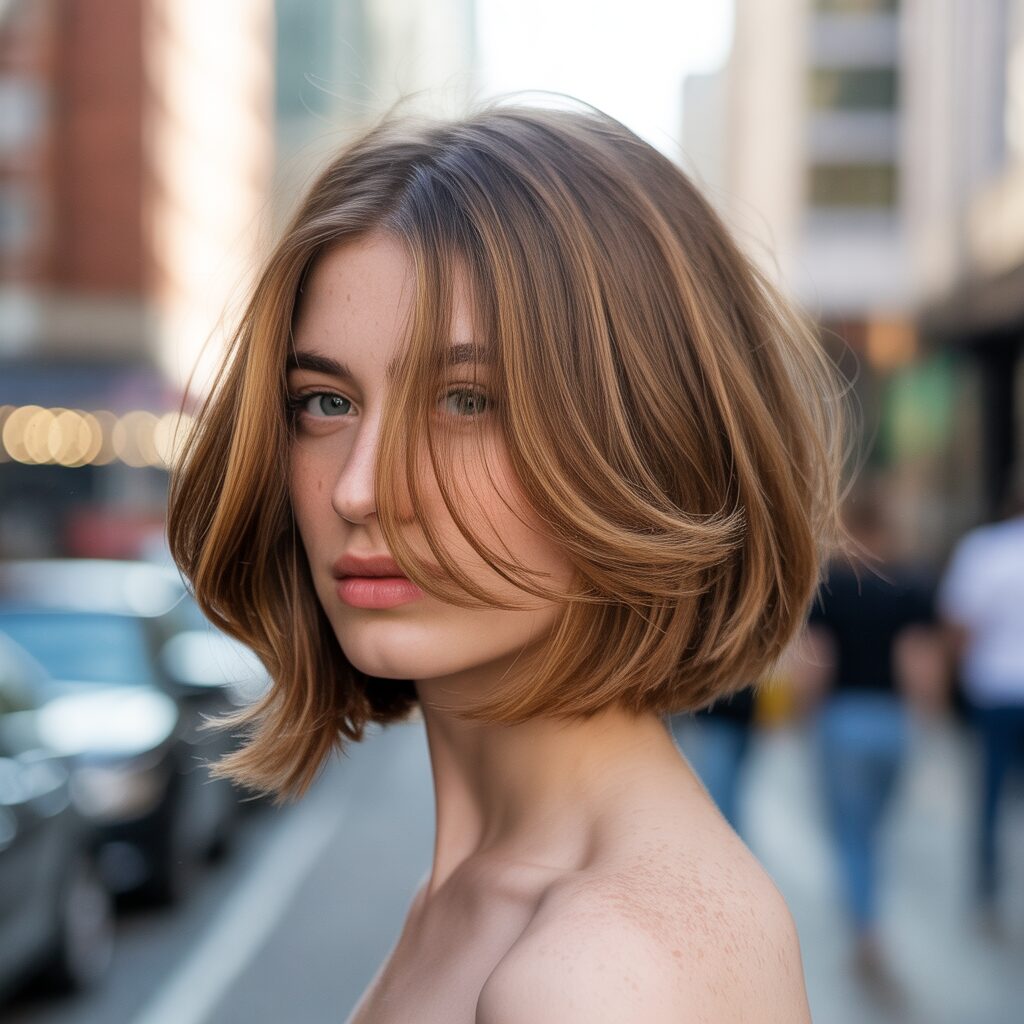
How it is different: Instead of a blunt bob, a layered bob with a side part introduces movement, which slims wider cheeks and highlights the eyes.
How it’s created: Hair is cut into a bob with layers added around the front. A deep side part shifts attention diagonally across the face.
Where it comes from: The layered bob was reinvented in the early 2000s, making waves in celebrity fashion as a softer, more wearable alternative to sharp bobs.
Layered Shag with Feathered Ends
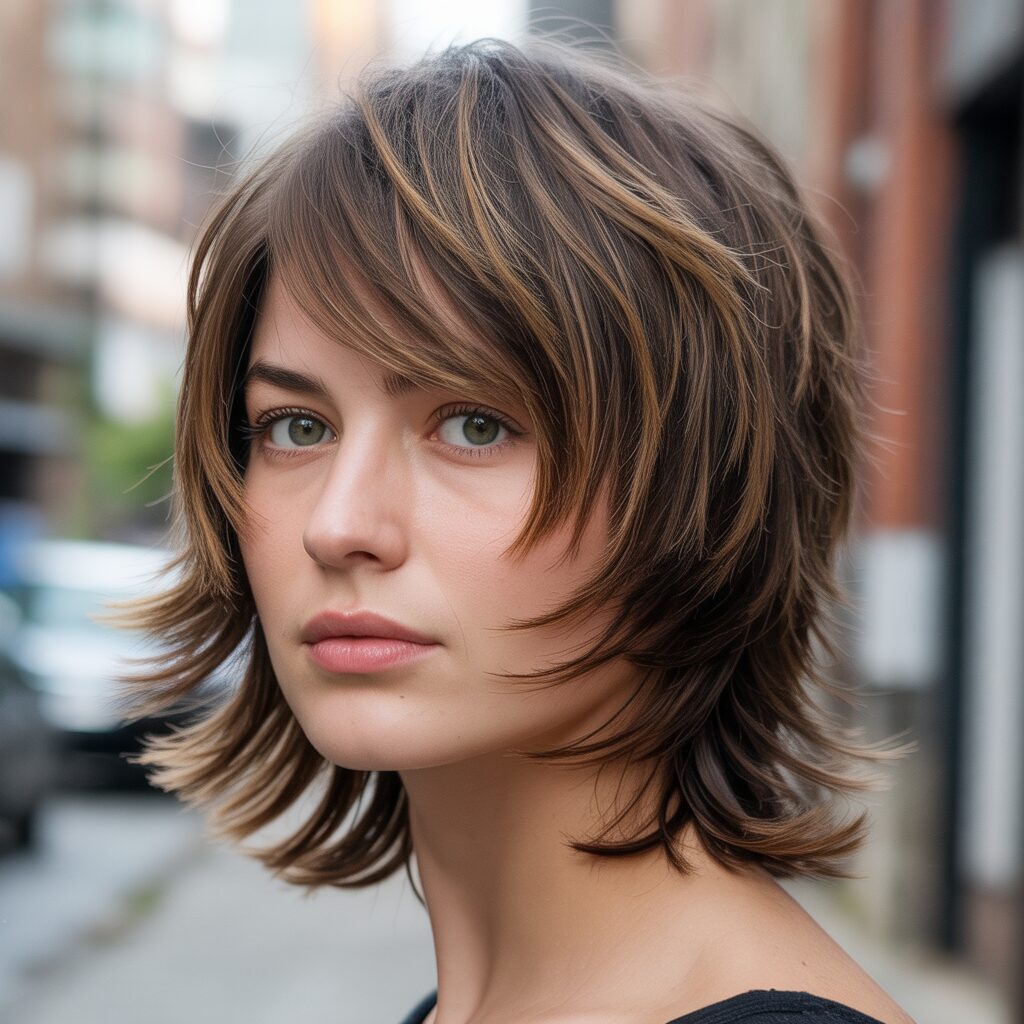
How it is different: Unlike sleek, uniform cuts, a layered shag with feathered ends gives a playful, edgy vibe. It frames the face without overwhelming it, adding angles that flatter rounder features.
How it’s created: Hair is cut into choppy, uneven layers with feathered tips, styled messy with texturizing spray.
Where it comes from: The shag originated in the 1970s rock scene, made famous by icons like Jane Fonda and Joan Jett, and has been revived with modern touches.
V-Cut Layers for Long Hair
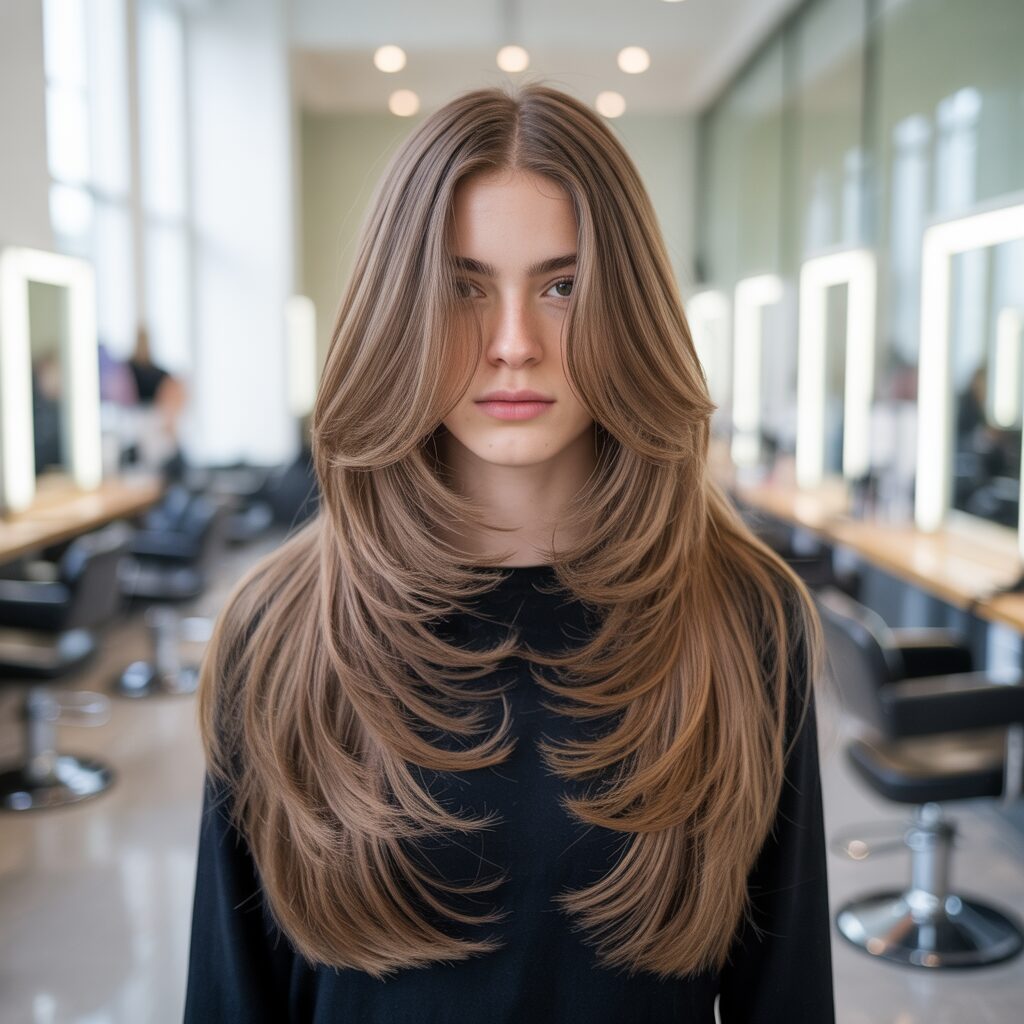
How it is different: Instead of straight layers, the V-cut creates a pointed back shape while leaving soft framing layers at the front. This elongates the face and adds dimension to long hair.
How it’s created: Hair is cut into cascading layers that form a V-shape at the back, with shorter strands framing the front.
Where it comes from: This style became popular in the 2010s as a salon favorite for women who wanted dramatic movement in long hair.
Best Face Shapes for Face-Framing Layers
- Round Face: Slims the cheeks and adds length with vertical layers.
- Square Face: Softens strong jawlines with feathered ends.
- Oval Face: Works with almost any layer length, enhancing natural symmetry.
- Heart Face: Balances a narrow chin with fuller layers around the jaw.
- Diamond Face: Reduces width at cheekbones while framing the forehead and chin.
Conclusion
Face-framing layers are timeless because they can be adapted for every woman’s features and style. From long curtain bangs to layered bobs and shags, these hairstyles enhance natural beauty by shaping the face delicately. No matter your face shape or hair type, face-framing layers add softness, movement, and personality to any look.
